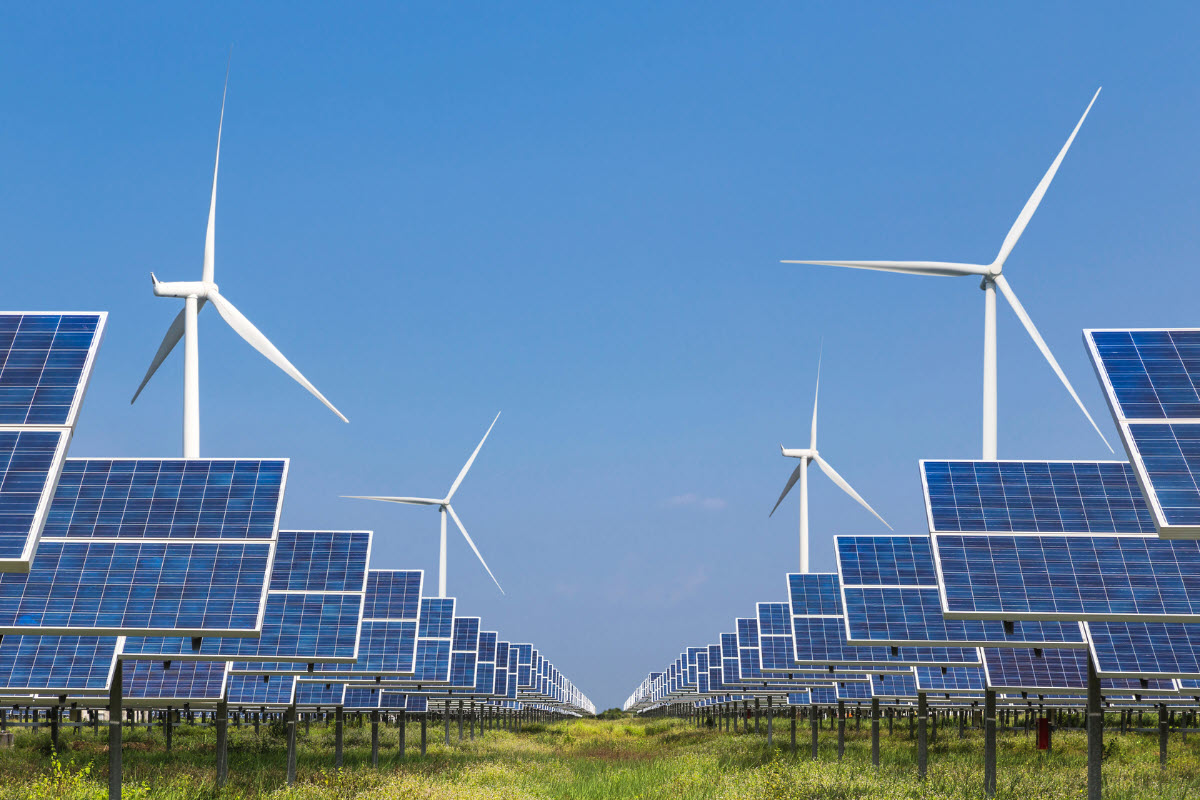When you see a construction crew working to make your roads better, a new school being built, emergency services in action or anything in between, there may be a connection between the revenue from the renewable projects in your area and support for each of those services.
Renewable energy projects provide several benefits to our shared environment, reduce CO2 emissions and generate cost-effective energy for customers. These projects also provide funds to local communities, and while the way funds are distributed differs, the outcome is the same: revenue to build stronger communities.
Wisconsin has a Shared Revenue Program that is administered by the State. Municipalities and counties that have operational renewable projects receive semi-annual payments from the Program. Alliant Energy and other utilities contribute funds to this program. In fact, Alliant Energy estimates their 12 solar projects will generate over $130 million in shared revenue for local communities over the 30-year project lifespan.
These funds are added to each community’s annual operating income to be used however local officials deem appropriate. Often, the funds are used to build city infrastructure and improve schools, parks and community services.
For example, the combined annual shared revenue of the Bear Creek Solar Project in Buena Vista, Wisconsin, will be approximately $200,000 for the county and township. Buena Vista Clerk Van Nelson recently explained to NBC15 how funds from this project can be used to build better roads and make updates to the local emergency medical and fire services in Buena Vista and Richland County.
In Iowa, large “utility-scale” solar projects are subject to a replacement tax. Alliant Energy, as the project owner, pays these taxes. Replacement tax is allocated to counties and municipalities based on a state formula after the project owner reports the costs of the project. Once collected, the funds are spent based on need and at the discretion of the county or municipality.
Alliant Energy’s wind farms in Iowa have their own tax credit program and will generate an estimated $730 million in tax revenues for participating Iowa communities over the 40-year project lifespan.
No matter which way the funds are distributed, revenue from these projects makes things better for our customers across Iowa and Wisconsin to power what’s next.

Renewable energy invests in the community

Grant Barton
Communications Partner
Published on November 15, 2022
Grant Barton is a Communications Partner with a passion for sustainability and eco-friendly city planning. He has a diverse background in engineering, politics and international communications and hopes to apply this experience when writing and breaking down complex topics related to Alliant Energy's Clean Energy Future plans.
Recent Stories
Recognizing community need sparks volunteerism
Tyler Freye credits our company values with deepening his understanding of the problems many in our communities face.
Read More
Growing up and giving back
When Ally Gearin was young, her family had a low income and sometimes benefited from free and low-cost events.
Read More
A project manager’s lessons for maintaining lifelong volunteer commitments
Sheri Wichser has been giving back to her community since she was a young girl.
Read More
